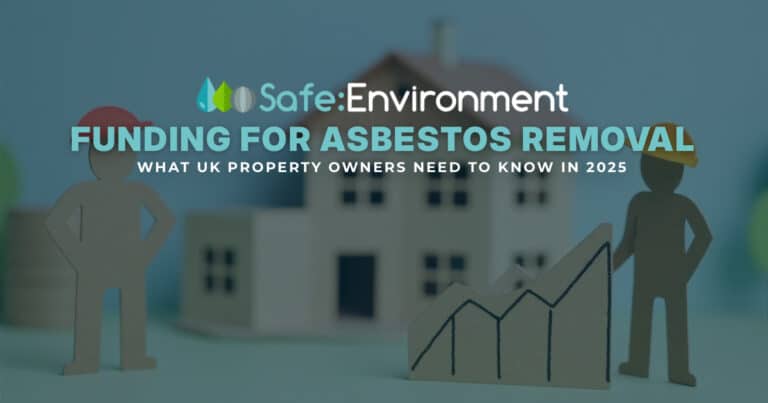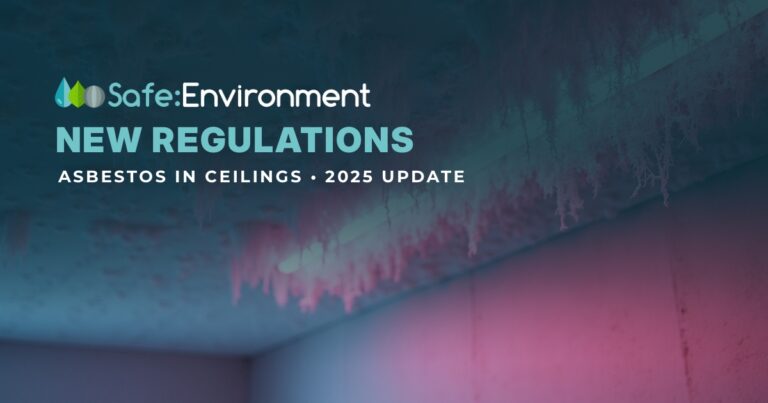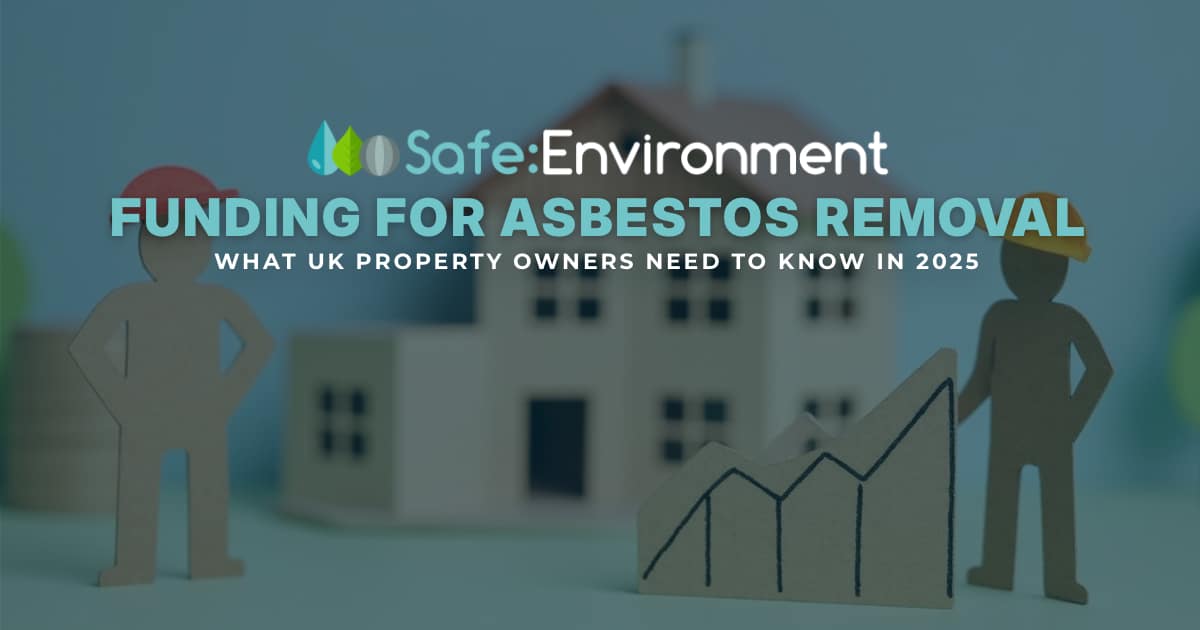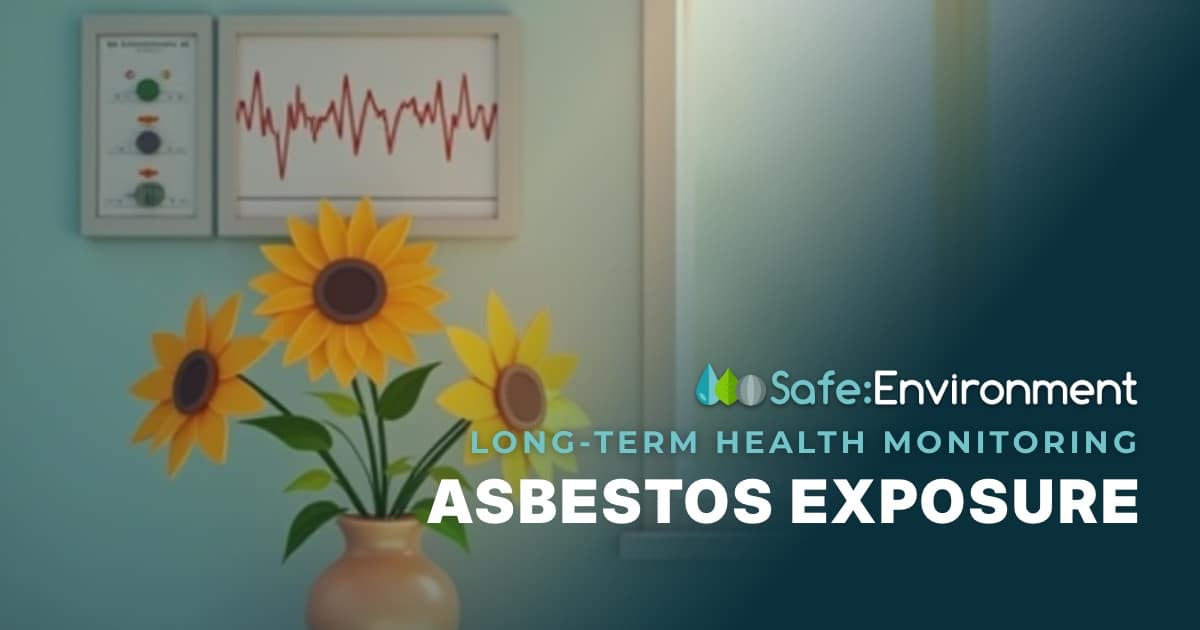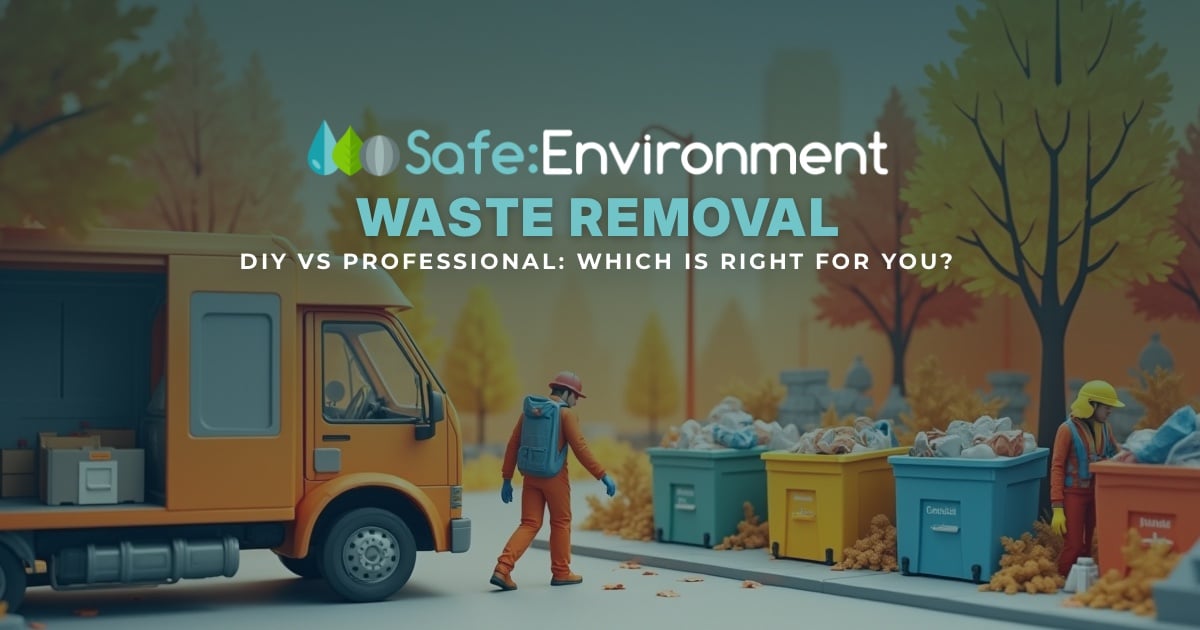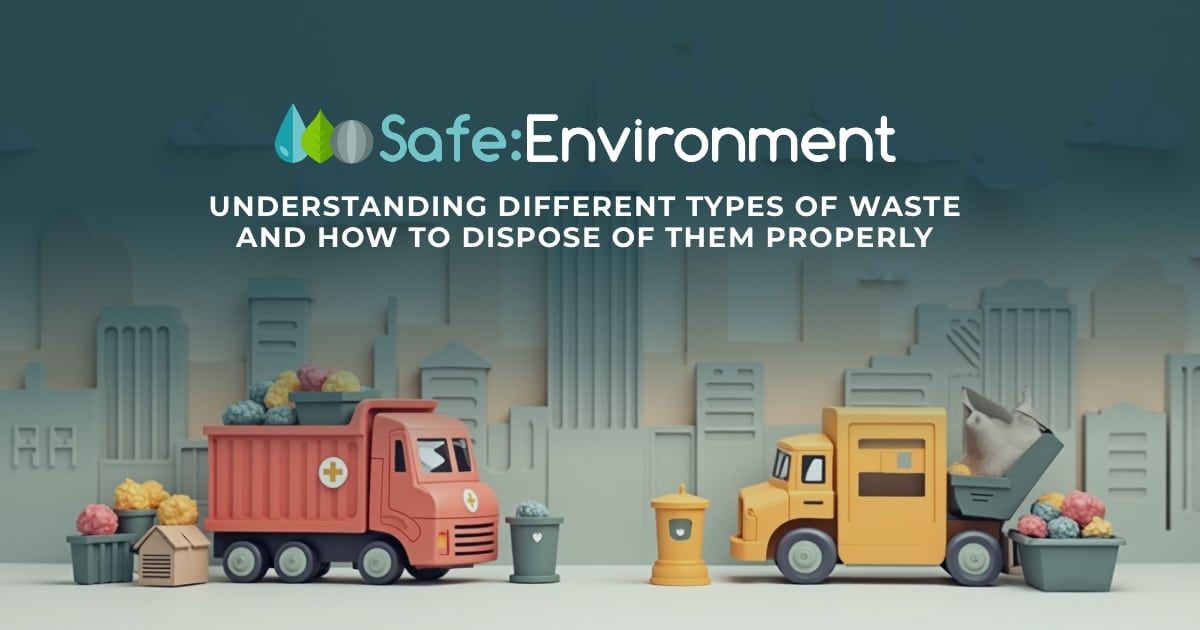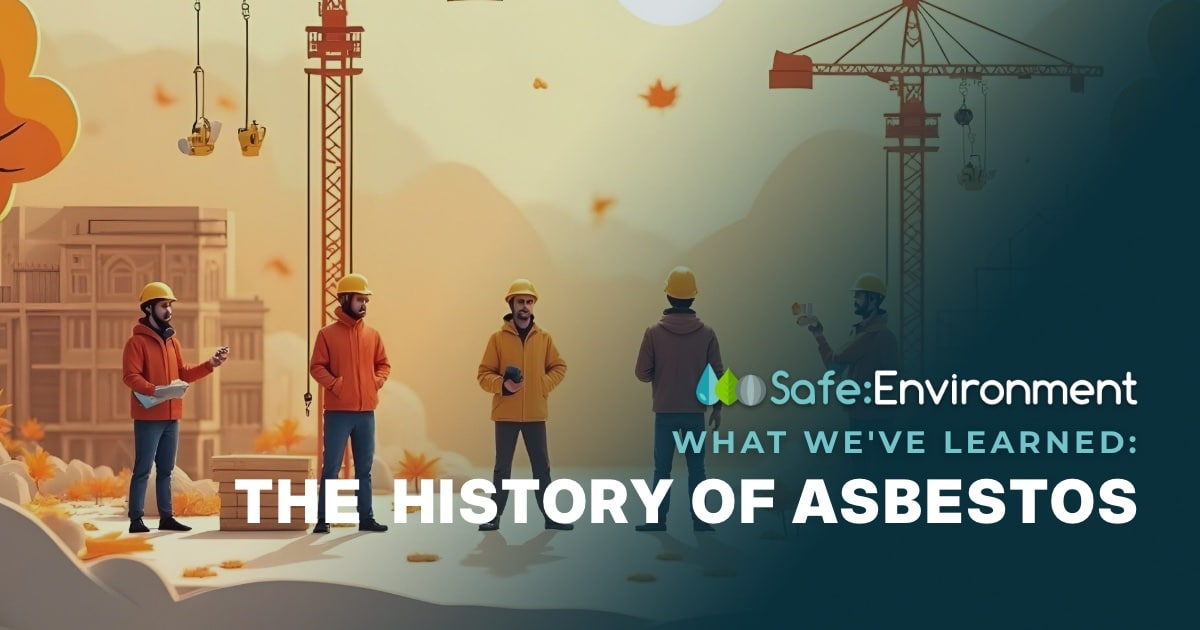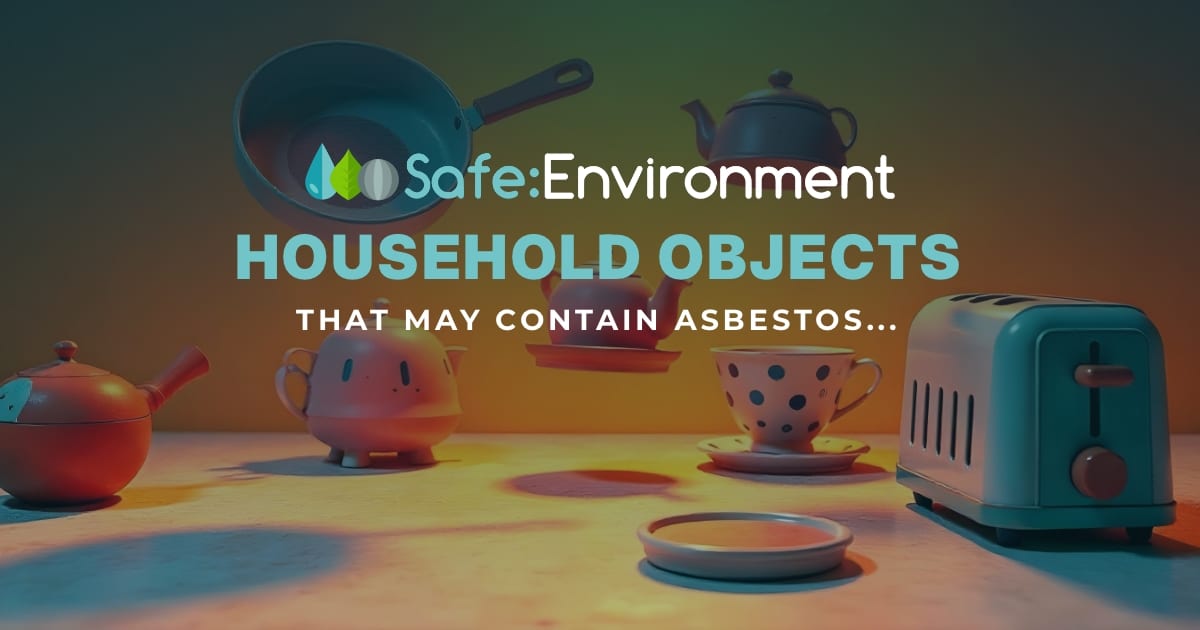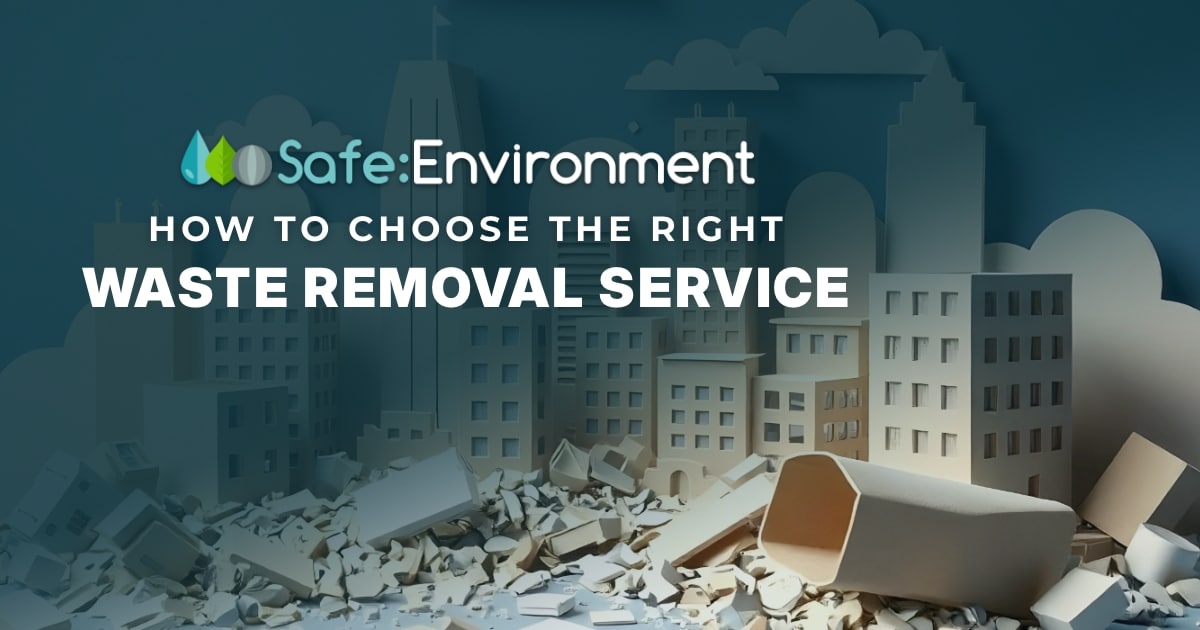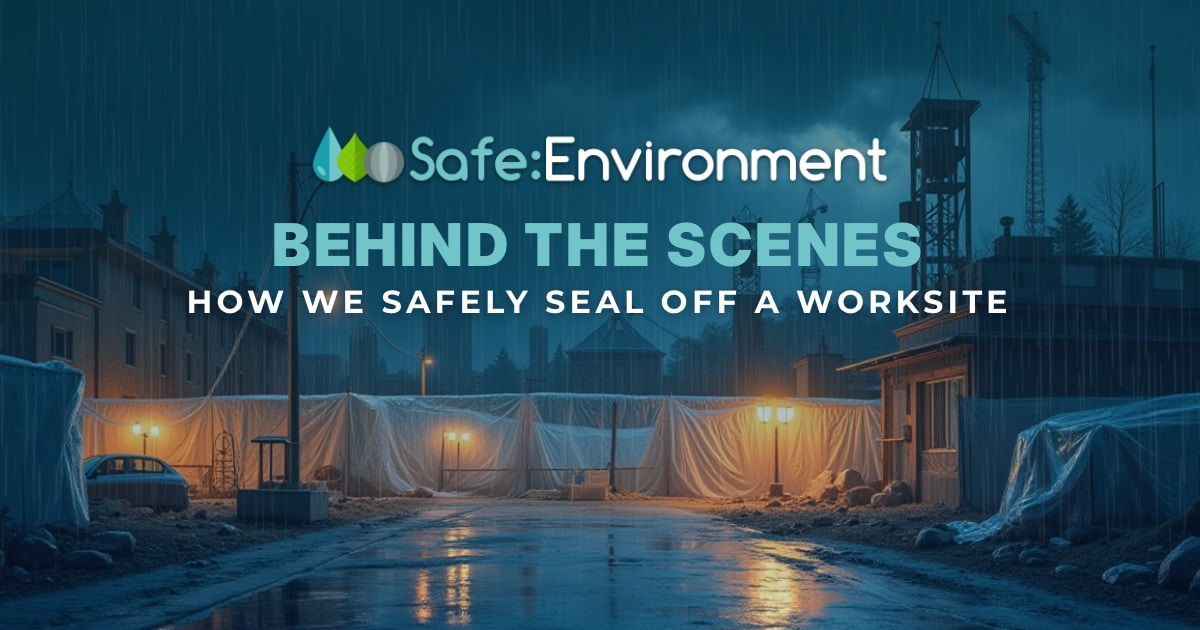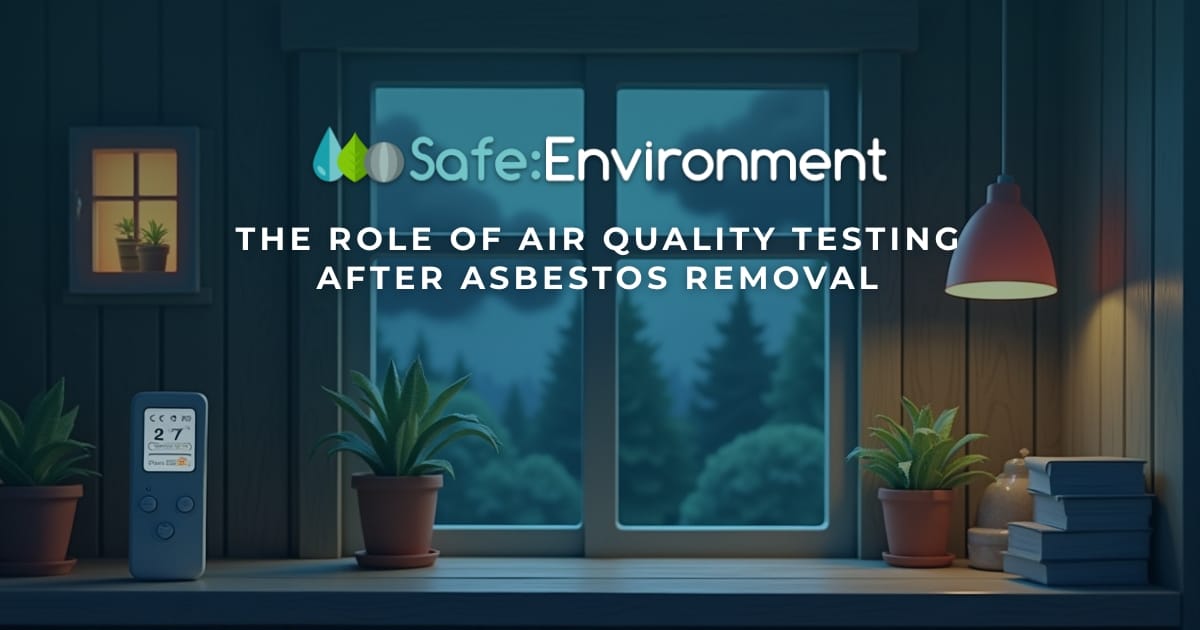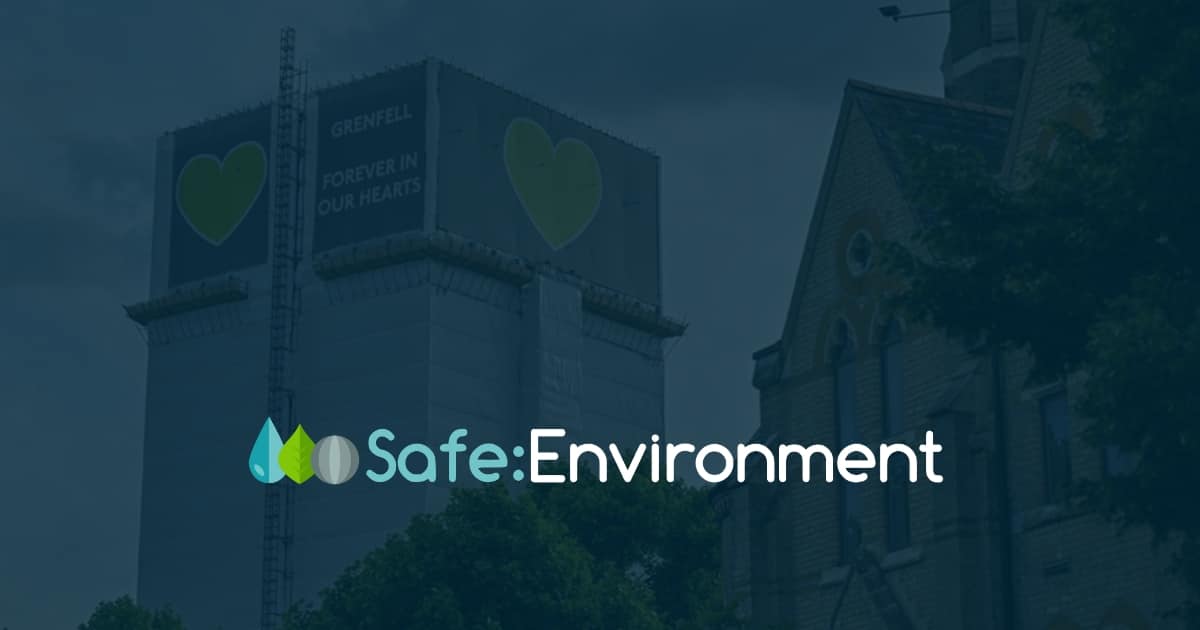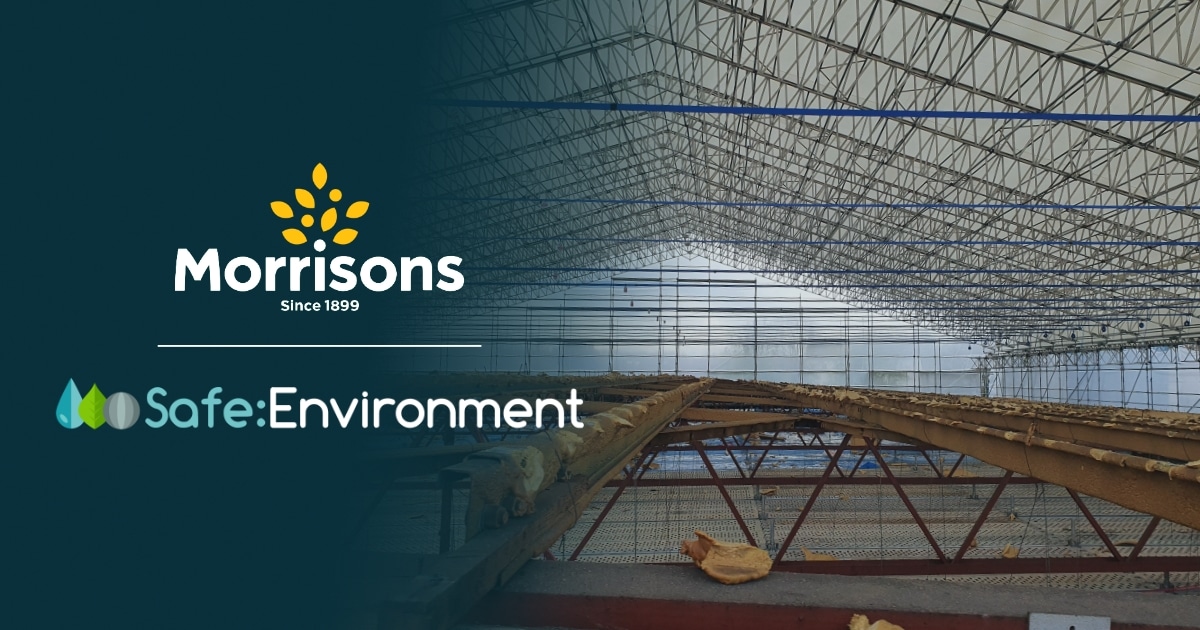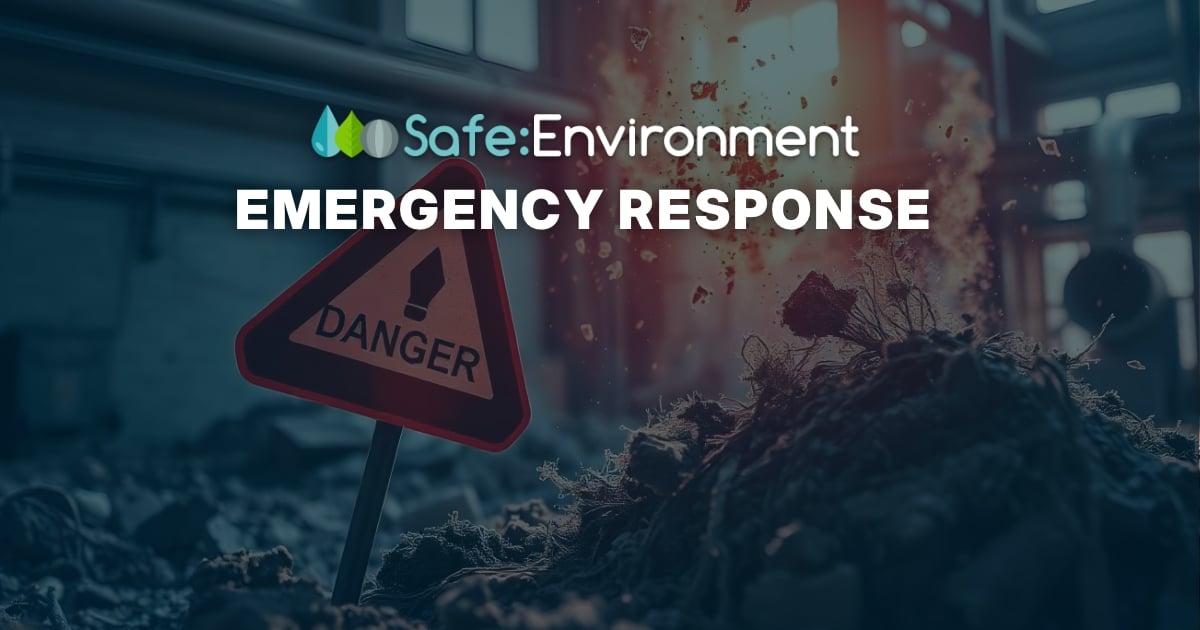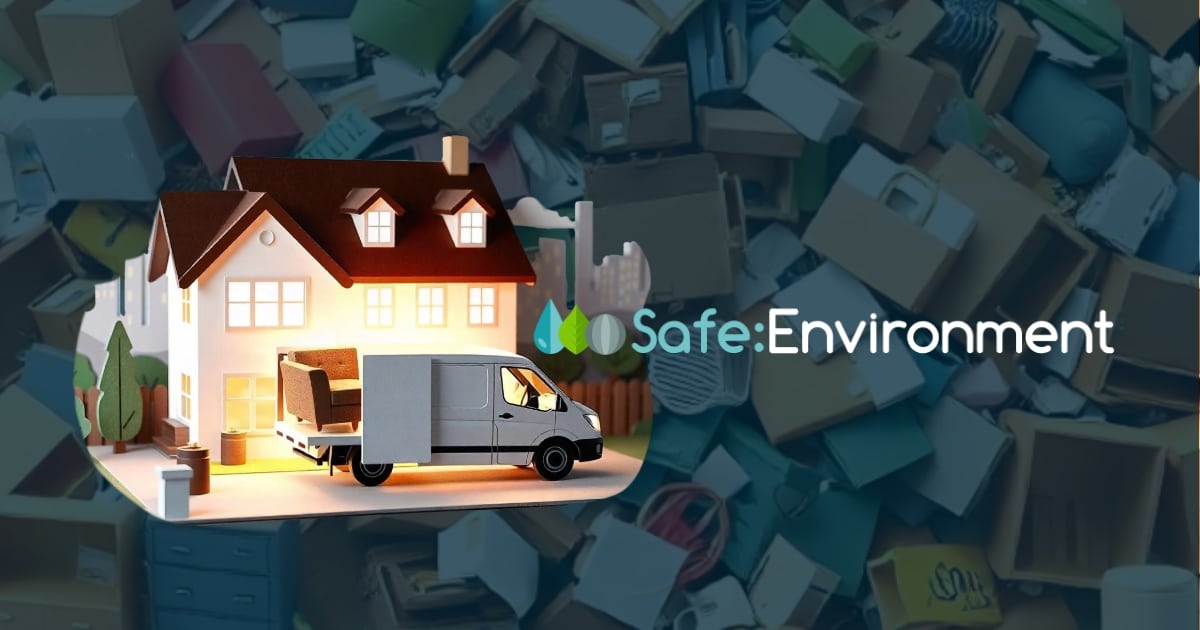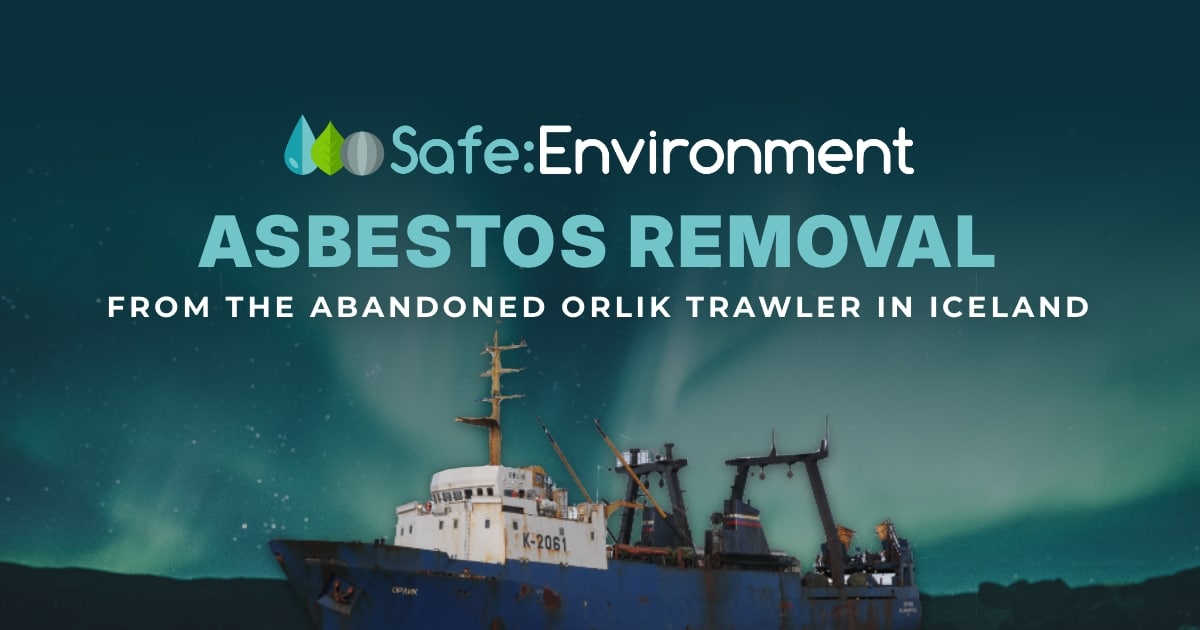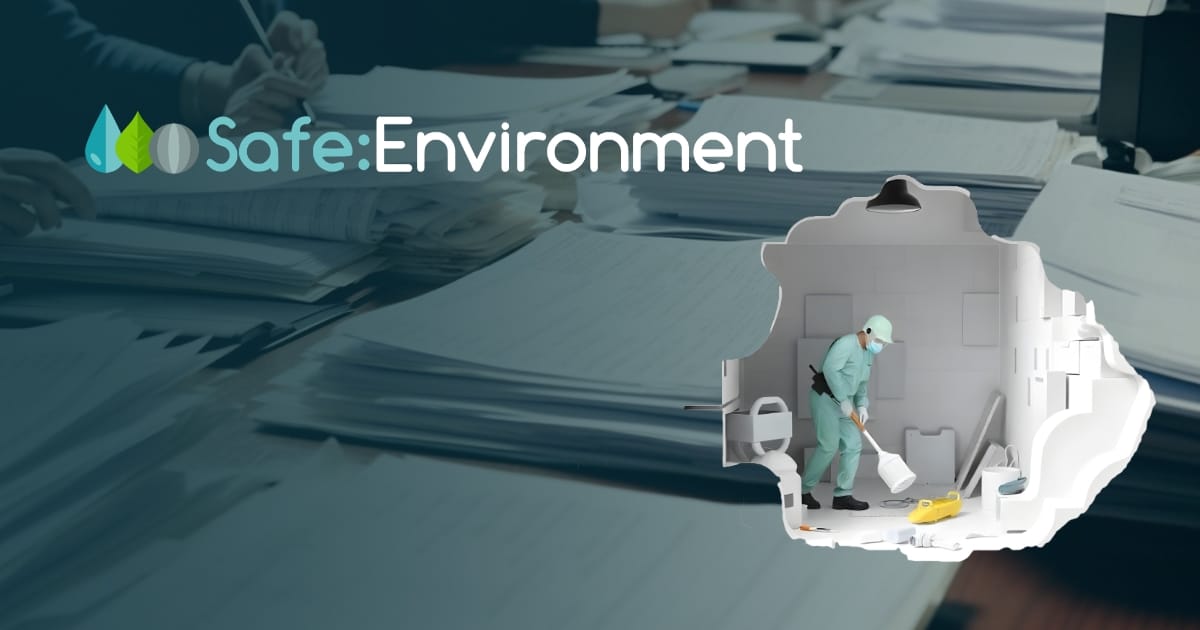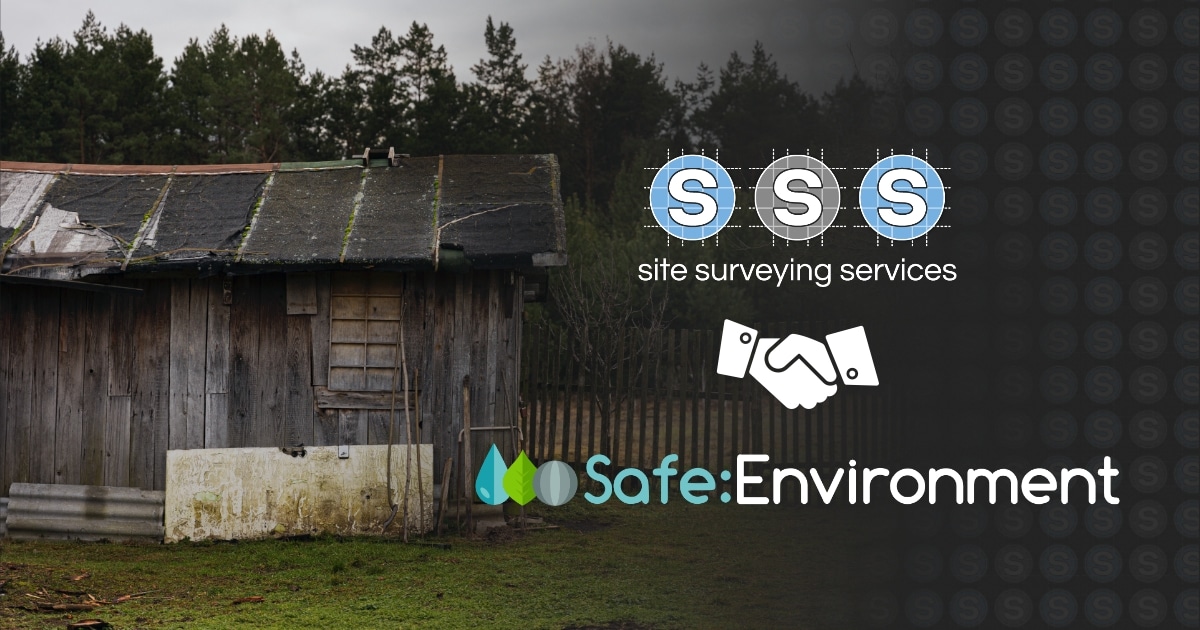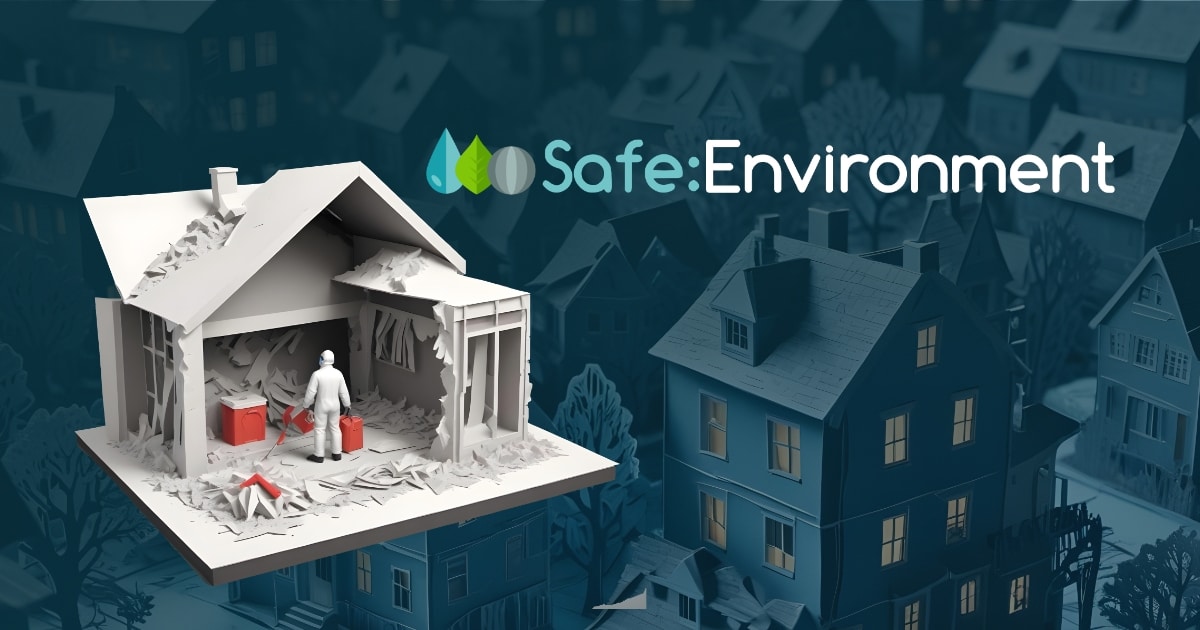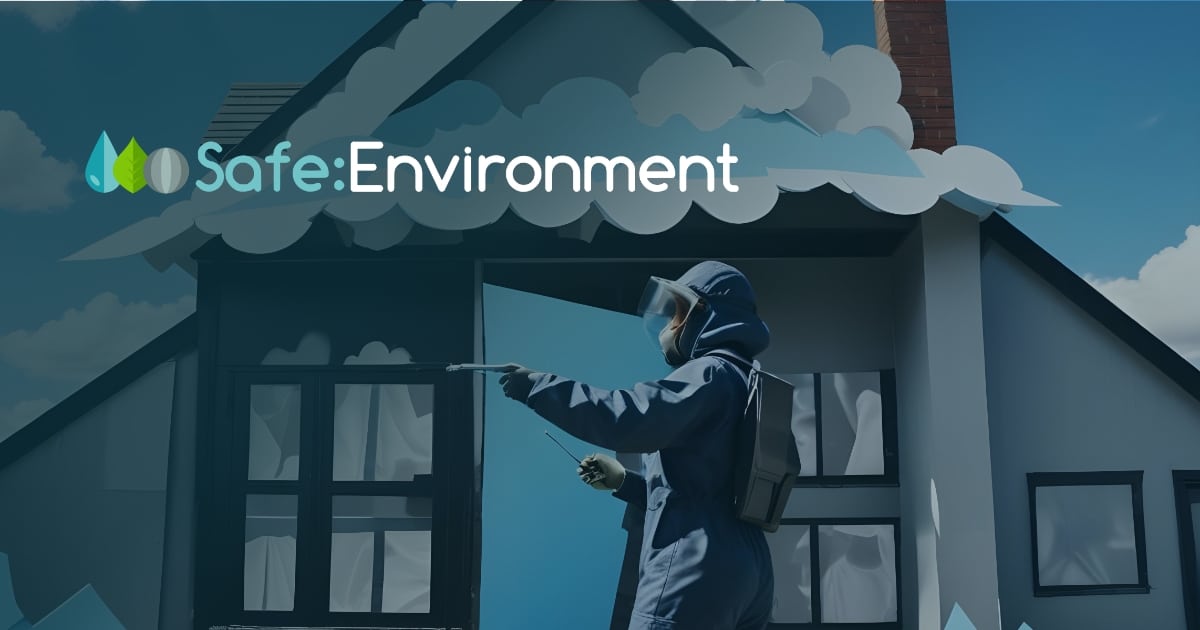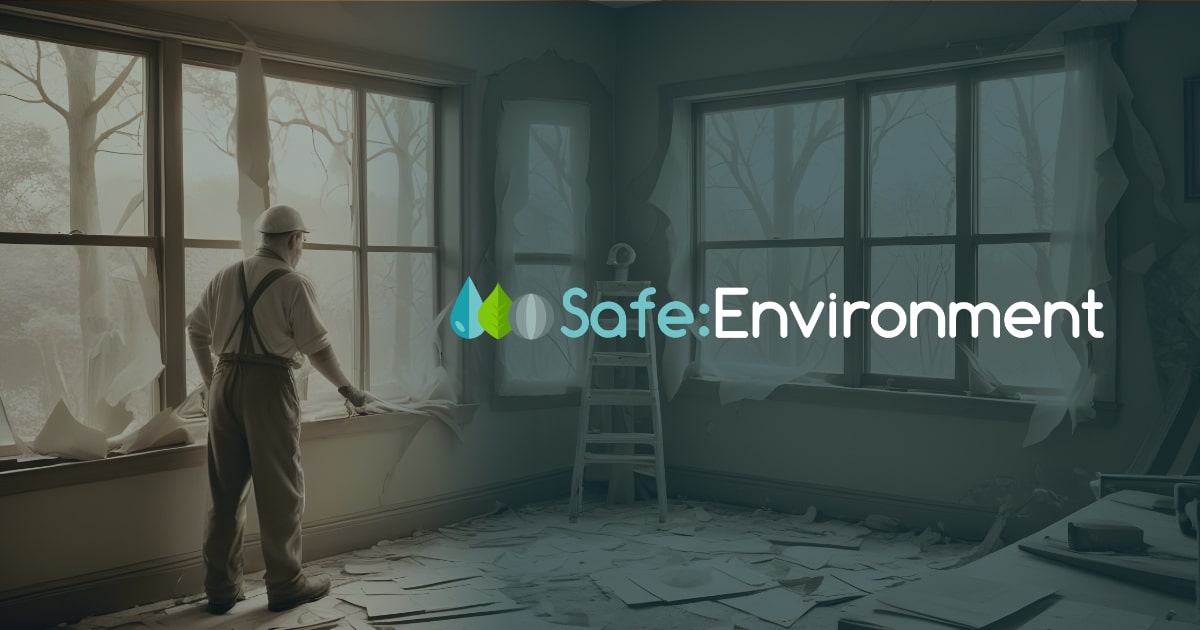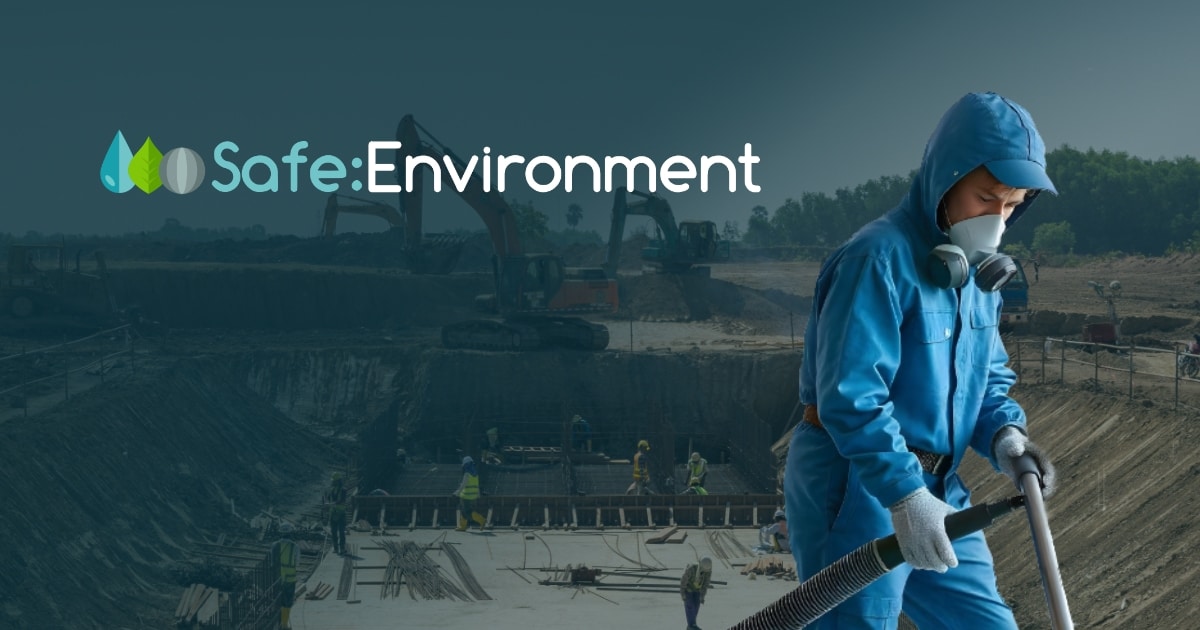Asbestos, once considered a miracle material, is now known for its serious health risks. Although its use was banned in the UK in 1999, asbestos is still present in many older buildings, posing significant health hazards if disturbed. As a result, asbestos detection and removal have become critical components of property management, construction, and renovation projects.
In recent years, advancements in technology have revolutionised how asbestos is detected, managed, and removed, making the process more efficient, accurate, and safe. This blog post will explore the role of technology in modern asbestos detection and removal, and how it benefits property owners, contractors, and public health.
1. Advanced Asbestos Detection Tools
Accurately identifying asbestos-containing materials (ACMs) is the first step in managing and removing asbestos safely. Traditionally, asbestos detection relied heavily on visual inspections and manual sampling, which, while effective, could be time-consuming and potentially risky. Today, however, several advanced technologies are helping professionals detect asbestos with greater precision.
a. X-Ray Fluorescence (XRF) Technology
XRF technology allows professionals to analyse building materials for asbestos without needing to take physical samples. The device works by emitting low-energy X-rays that interact with the atoms in the material, providing a detailed breakdown of its composition. This non-invasive method makes it easier and faster to assess whether asbestos is present in materials like insulation, ceiling tiles, or flooring.
XRF technology is particularly valuable because it reduces the need for destructive testing, which can disturb asbestos and release harmful fibres into the air. By using XRF, asbestos detection can be carried out more safely, with minimal disruption to the property.
b. Remote Sensing and Drone Technology
For large industrial sites or hard-to-reach areas like roofs or high ceilings, drones equipped with remote sensing technology can assist in detecting asbestos. These drones can collect visual and thermal imaging data to identify potential ACMs without putting surveyors at risk of exposure.
Drones are especially useful for inspecting older commercial properties or buildings that are being considered for renovation or demolition. Using drones for asbestos detection helps surveyors quickly and safely assess the property, covering more ground in less time compared to manual inspections.
c. Air Quality Monitoring Sensors
One of the key dangers of asbestos is the release of tiny, airborne fibres that are nearly invisible to the naked eye. These fibres can remain in the air for long periods and be easily inhaled, leading to serious health problems. To detect and monitor asbestos fibres in the air, modern air quality monitoring devices have become essential.
These sensors use advanced filtration and laser-based particle detection to continuously measure airborne asbestos levels during removal projects. This technology allows asbestos removal teams to track the presence of harmful fibres in real time, ensuring that the environment remains safe for workers and the public.
2. Improved Asbestos Removal Techniques
In addition to advanced detection methods, technology has also transformed how asbestos is removed. Modern techniques are focused on improving safety, efficiency, and accuracy during asbestos abatement, protecting both the environment and human health.
a. Negative Pressure Enclosures (NPEs)
When asbestos removal is conducted, one of the main concerns is preventing asbestos fibres from spreading to other parts of the building. Negative Pressure Enclosures (NPEs) are temporary sealed-off environments created to isolate the area where asbestos removal is taking place. Inside the enclosure, air is filtered using high-efficiency particulate air (HEPA) filters, which capture asbestos fibres before they can escape.
Technology plays a crucial role in monitoring and maintaining these enclosures. Sensors are used to constantly measure the pressure difference between the inside and outside of the NPE, ensuring that no contaminated air leaks out. This containment technology has become a standard in the asbestos removal industry, helping to reduce the risk of airborne fiber exposure.
b. Robotics in Asbestos Removal
For hazardous or hard-to-reach areas, robotics is increasingly being used to handle asbestos removal. Robots equipped with cameras and cutting tools can navigate tight spaces and remove asbestos-containing materials with precision. These machines are operated remotely, reducing the need for human workers to enter high-risk areas.
Robotic technology is particularly beneficial in environments like factories, power plants, and large commercial buildings where asbestos may be present in confined spaces, such as pipe insulation or machinery. By using robotics, the removal process becomes faster and safer, minimising the risk of fibre release and exposure to workers.
c. Wet Removal Techniques
Traditional asbestos removal techniques often resulted in fibres becoming airborne when asbestos-containing materials were disturbed. Wet removal techniques, made more effective with modern equipment, address this problem by dampening the materials before they are handled.
By spraying water or specially formulated liquids on ACMs, the fibres are bound together, reducing the likelihood of them becoming airborne. Modern sprayers allow for precise control, ensuring that the asbestos is adequately wetted and can be safely removed without creating additional hazards.
3. Digital Asbestos Management Systems
Technology doesn’t just improve the physical aspects of asbestos detection and removal—it also plays a vital role in managing the process. Digital asbestos management systems allow for more streamlined documentation, tracking, and reporting throughout the lifecycle of asbestos removal projects.
a. Asbestos Registers and Databases
For property managers and owners, keeping track of asbestos-containing materials is essential, especially in older buildings. Digital asbestos registers allow for real-time data logging and updating of asbestos locations within a property. These registers include details about the type of asbestos, its condition, and any actions taken, such as removal or encapsulation.
Having this information stored in an easily accessible digital format makes compliance with regulations much simpler and helps property owners plan future renovations safely.
b. Project Management Software
Modern asbestos removal companies use specialised software to manage the logistics of removal projects. This includes scheduling surveys, coordinating removal teams, tracking the disposal of asbestos waste, and ensuring compliance with safety regulations.
By digitizing the entire process, asbestos removal companies can improve efficiency, reduce errors, and ensure that every aspect of the project is handled in accordance with industry standards. Property owners and managers can also access this data to stay informed about the progress and safety of the removal process.
4. The Environmental Impact of Modern Asbestos Technology
Asbestos removal doesn’t just affect the health of the people involved—it also has environmental implications. The proper disposal of asbestos waste is crucial, as mishandling it can lead to contamination of landfills and water sources. Modern technology helps address these challenges in several ways:
Waste Tracking Systems: Asbestos removal companies now use tracking systems to monitor the transportation and disposal of asbestos waste, ensuring that it is disposed of in approved facilities.
Eco-friendly Encapsulation Materials: In cases where asbestos cannot be safely removed, it is often encapsulated to prevent exposure. Modern encapsulation materials are designed to be more eco-friendly and durable, reducing the need for future removal.
Conclusion
The role of technology in modern asbestos detection and removal is transformative, making the process safer, more efficient, and environmentally friendly. From non-invasive detection tools like XRF scanners and drones to advanced removal techniques using robotics and wet methods, technology has minimised the risks associated with asbestos management.
For property owners, contractors, and workers, embracing these technological advancements means better compliance with regulations, improved safety, and the assurance that asbestos is managed with the highest standards of care. As technology continues to evolve, we can expect even greater innovations in asbestos detection and removal, making buildings safer and healthier for all.



